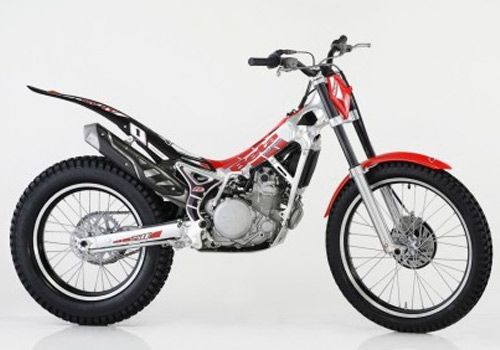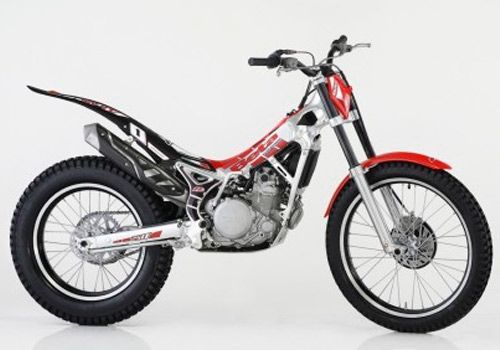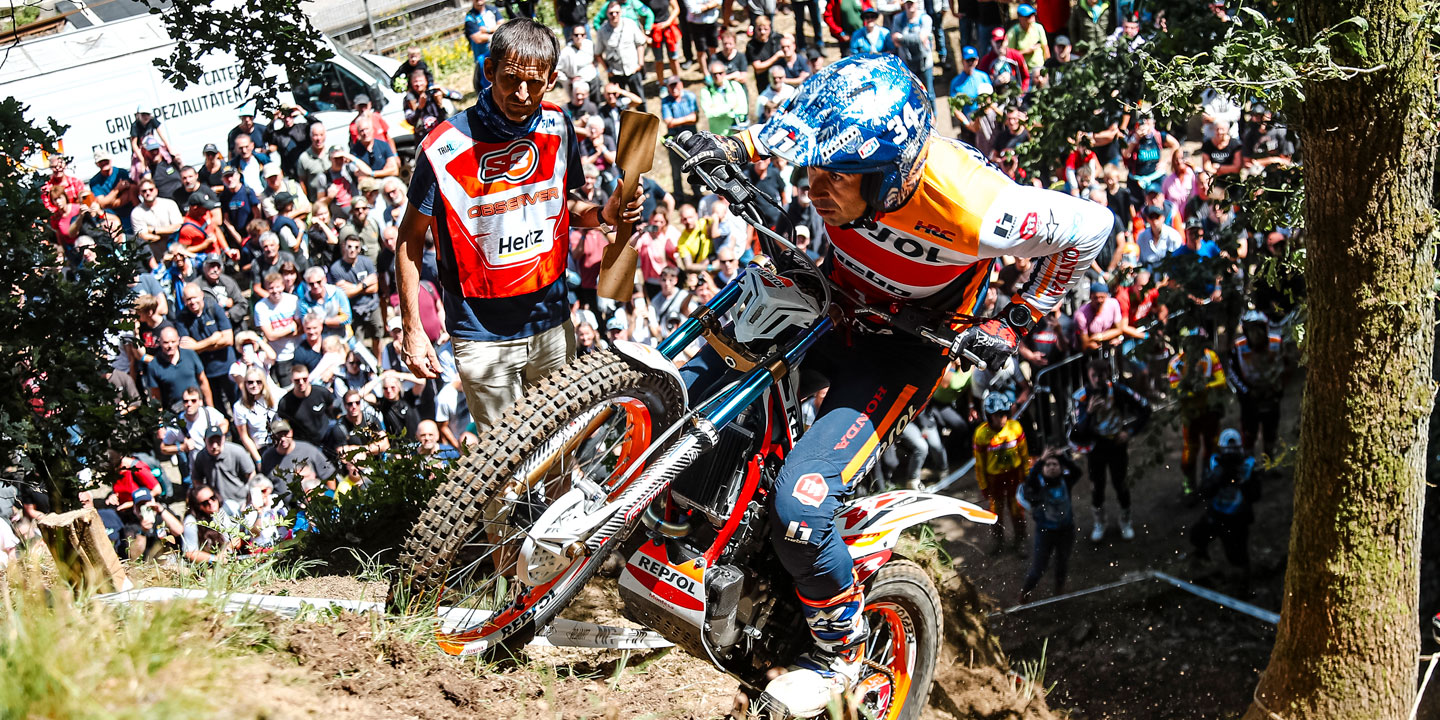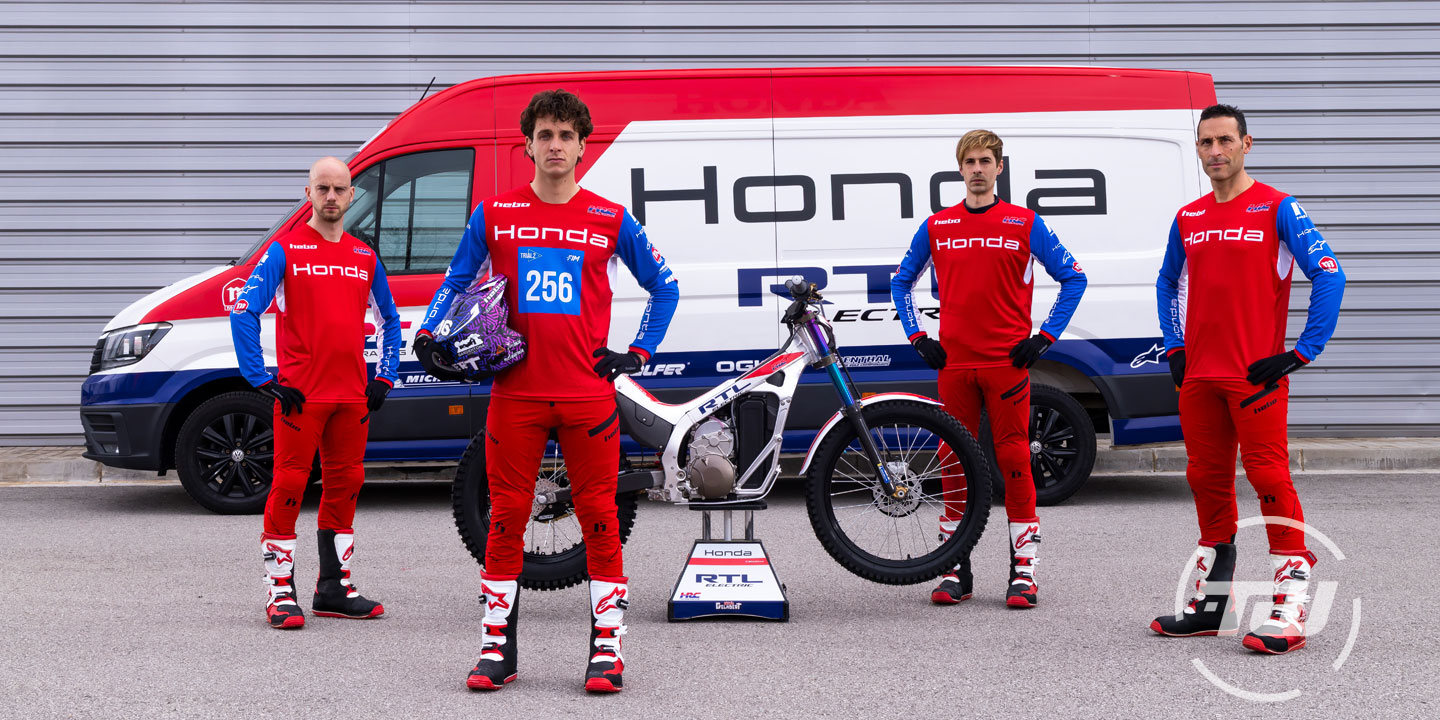
And so it has been. The Italian single-cylinder valve is perfectly tucked in between the lines drawn by its slender aluminium frame, Not surprisingly, its ultra-compact design has allowed it to stop the scales in magnificent 23 kilos, while, for example, its main rival within the “four tempi” segment, the Montesa 4RT, announces a weight of 25.2 kilos.
Continuing with the Comparisons Montesa opted for a two-valve SOHC configuration with a single camshaft on its 4RT, Sherco by a cylinder head with four valves driven by rocker arms actuated by two camshafts connected to the crankshaft by means of a chain, while Scorpa, the most radical, has five valves.
As you can see, these are three configurations that diverge to different paths, and Beta, which was not going to be less, illustrates us with a very successful new proposal.
We’re talking about a Configuration along the lines of a single overhead camshaft –Y-shaped, with the spark plug in an oblique position on the left side- which It actuates four valves, which, on paper, translates into improved engine gas flow and a more homogeneous response. At Beta they comment that the valve adjustment is very simple, it is enough to lower the previous stays from the frame to be able to work on the cylinder head without major problems.
If there is one thing that is truly important to ensure the reliability of a valve engine, it is that all components are perfectly greased. To solve this problem, Beta has opted for a system of independent tubes where the oil travels thanks to the impulse of two completely independent pumps. In addition, the circuit has a maximum valve, which allows the flow and viscosity to be controlled within optimal limits for mechanics.
In the intake system we find a classic Mikuni carburetor in a totally vertical position, and although the system is prepared to receive injection – there is already a prototype rolling – in Beta they perfectly argued this decision. Referring to the tests, it has been found that the injection system works optimally from 1,800rpm, and below these speeds its behavior is imprecise. In trials, where a lot of work is done in the range of the first 3,000rpm, this becomes a decisive point, and that is why Beta wants to continue betting on the traditional carburetor, which is easily accessible from the seat, guaranteeing full efficiency below 1,000rpm.
As a final icing on the cake, this set is equipped with a five-speed gearbox , with the capacity to house one more, which will probably end up being added to mount these engines, duly vitaminized, in the trial-excursion versions marketed by the Italian brand.
Text: David Quer









